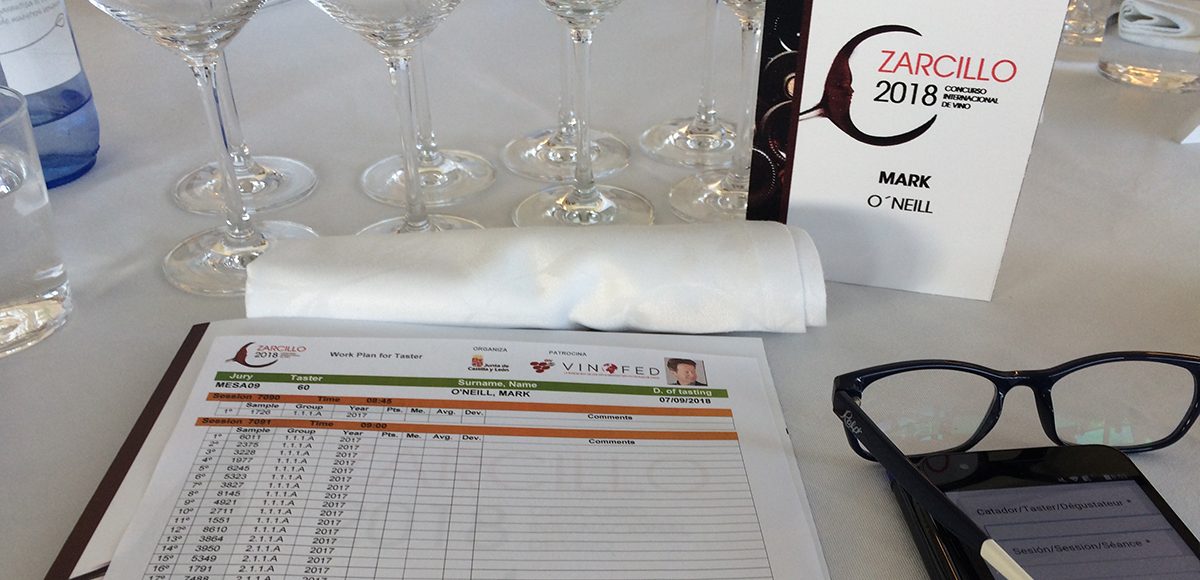What do you taste when drinking wine? Frequently used wine terms can be confusing or at least require further explanation. The big four wine terms are acidity, sugar, tannins and alcohol. What role does each have in wine?
Acidity in Wine – without acids the wine would not exist. Acidity gives the wine is vivacity, certain aromatic characteristics and touch of bitterness. Acids also play an essential role in preserving the wine with its antioxidant properties. Choosing a wine with the right amount of acidity is important when pairing food with wine. For example, a creamy sauce needs a wine a wine with a higher level of acidity to cut through the fat so both go well together. Think of the effect of acidity like a squeeze of lemon on a plate of food.
What are tannins? This is another term frequently used when describing a wine. Tannins could be described as the backbone of the wine onto which everything else is attached. They are found in the skins and pips of the grapes as well as the stalks. A good way to taste tannins is to make really strong tea, you will notice that its mouth puckering dryness. Those are the tannins. Red wines have more natural tannins than whites and you notice them because they have a dry slightly bitter flavour. Wines that go well food need the touch of bitterness and structure from the tannins otherwise they would fall flat and the food would dominate the taste of the wine.
What determines the amount of alcohol in a wine? Most wine will have a level of alcohol of between 10% and 14%. The amount of alcohol is determined by the natural level of sugar in the grapes when they are picked. Climate plays an important part. A hot, dry region like Jumilla in Spain will produce wine with higher levels of alcohol than Germany, where it is much cooler. The different effect that alcohol has on wine is similar to the fat in milk; skimmed, semi or whole milk. Wines with lower alcohol are lighter in body while wine with a higher level of alcohol will be more full bodied.
How can a dry white wine sometimes taste sweet? The sweetness in a wine comes from the sugar in the grapes. Fermentation causes the sugar to convert to alcohol when most of the sugar has become alcohol the wine is then considered to be dry, with just a small amount of residual sugar remaining. The sweet sensation in a dry wine comes from the fruit flavours, for example a Chardonnay from Australia which citrus and tropical fruit flavours has a sweet sensation. If a wine has been aged in an oak barrel you can get creamy, vanilla flavours that enhance the sweet sensation. Also the higher the level of alcohol adds to the sensation of sweetness.










